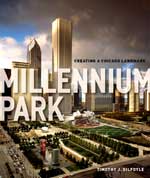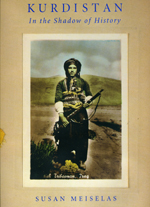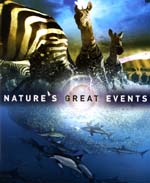The Great Chicago Book Sale

It’s that time of year again—the Great Chicago Book Sale is back! Now through February 28th, 2011 you can browse our print or online sale catalog for huge discounts on hundreds of general interest, scholarly, and award-winning books. Just use promo code AD9470 when you check out through our secure online shopping cart to receive up to 80% off some of your favorite UCP titles. (You can find more detailed instructions on our website.)
To get you started, here’s a list of some of our staff picks from this year’s catalog:

At its opening on July 16, 2004, Chicago’s Millennium Park was hailed as one of the most important millennium projects in the world. “Politicians come and go; business leaders come and go,” proclaimed mayor Richard M. Daley, “but artists really define a city.” Part park, part outdoor art museum, part cultural center, and part performance space, Millennium Park is now an unprecedented combination of distinctive architecture, monumental sculpture, and innovative landscaping. Including structures and works by Frank Gehry, Anish Kapoor, Jaume Plensa, and Kathryn Gustafson, the park represents the collaborative efforts of hundreds to turn an unused railroad yard in the heart of the city into a world-class civic space—and, in the process, to create an entirely new kind of cultural philanthropy.
Timothy Gilfoyle here offers a biography of this phenomenal undertaking, beginning before 1850 when the site of the park, the “city’s front yard,” was part of Lake Michigan. Gilfoyle studied the history of downtown; spent years with the planners, artists, and public officials behind Millennium Park; documented it at every stage of its construction; and traced the skeins of financing through municipal government, global corporations, private foundations, and wealthy civic leaders. The result is a thoroughly readable and lavishly illustrated testament to the park, the city, and all those attempting to think and act on a monumental scale.
See a Millennium Park trivia quiz.

Kurdistan was erased from world maps after World War I, when the victorious powers carved up the Middle East, leaving the Kurds without a homeland. Today the Kurds, who live on land that straddles the borders of Turkey, Iran, Iraq, and Syria, are by far the largest ethnic group in the world without a state.
Renowned photographer Susan Meiselas entered northern Iraq after the 1991 Gulf War to record the effects of Saddam Hussein’s campaigns against Iraq’s Kurdish population. She joined Human Rights Watch in documenting the destruction of Kurdish villages (some of which Hussein had attacked with chemical weapons in 1988) and the uncovering of mass graves. Moved by her experiences there, Meiselas began work on a visual history of the Kurds. The result, Kurdistan: In the Shadow of History, gives form to the collective memory of the Kurds and creates from scattered fragments a vital national archive.

Nature’s Great Events is the lavishly illustrated counterpart to the Discovery Channel’s landmark wildlife documentary, Nature’s Most Amazing Events. Using groundbreaking filming techniques and state-of-the-art scientific technologies, the book and the documentary on which it is based are epic in every sense, charting six seasonal events that transform entire ecosystems and the life experiences of the thousands of animals within them, from the largest mammals to the smallest microorganisms.
See videos from the BBC series, a gallery of photographs from the book, and sample pages (PDF format, 1.9Mb). The Discovery Channel has a website for the series.